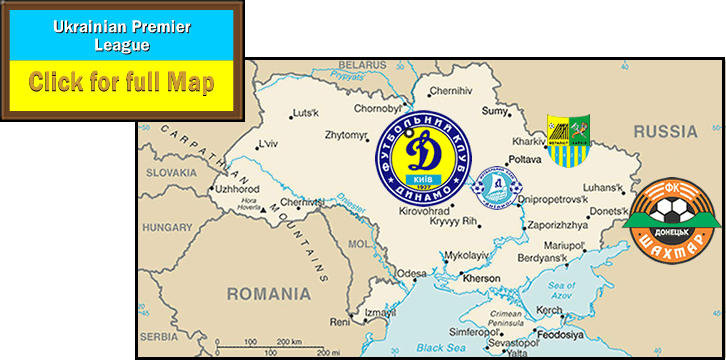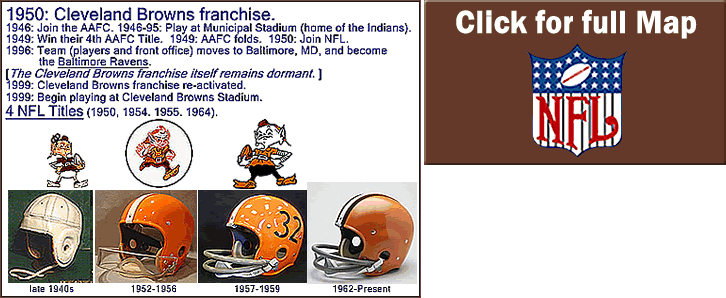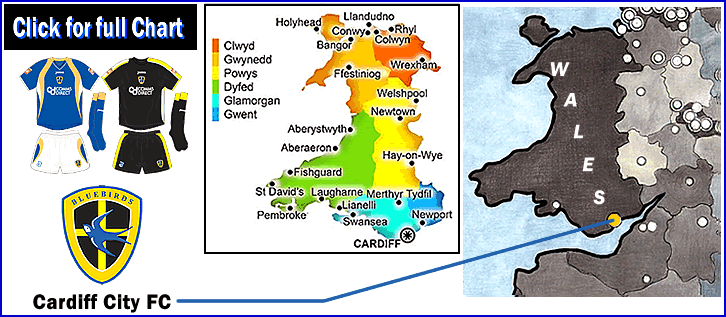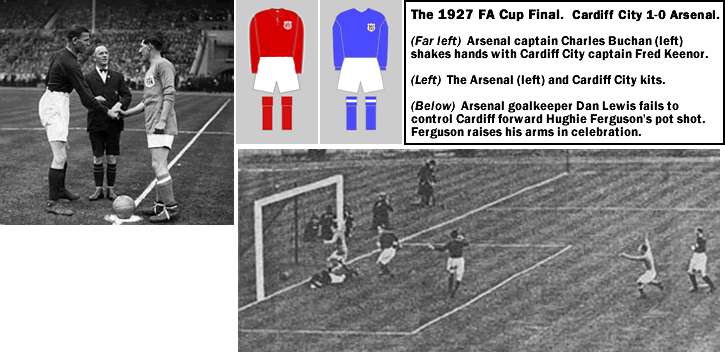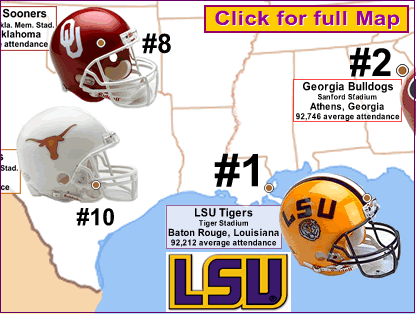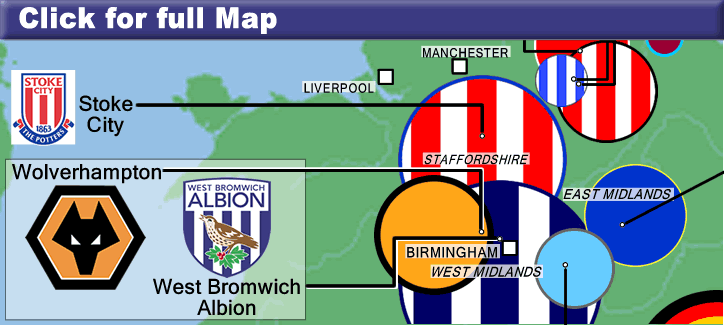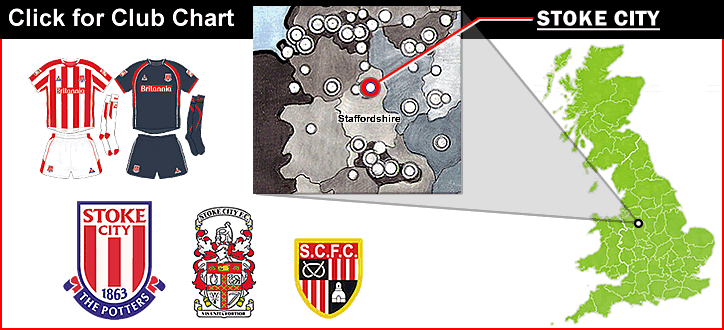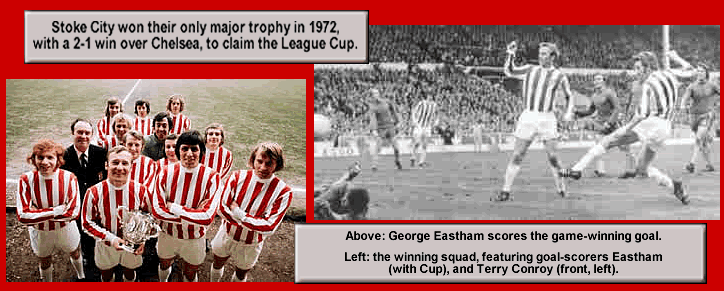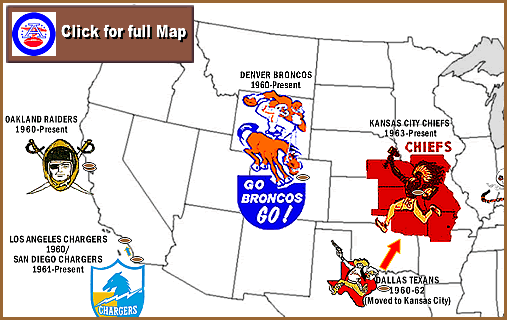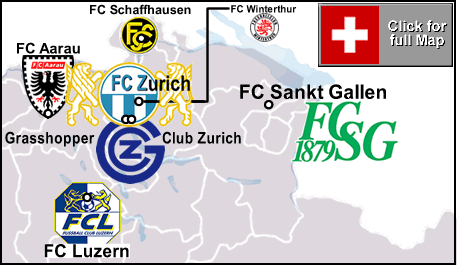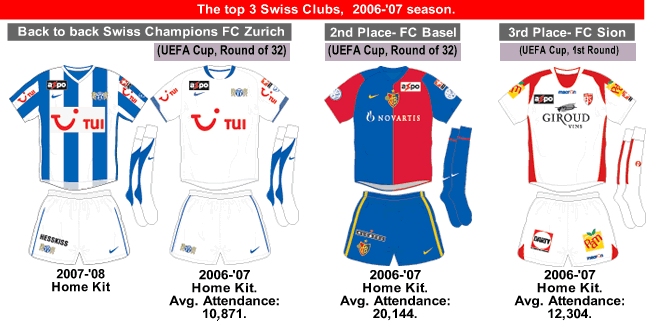
I will post my Attendance Map of Switzerland tommorrow. Here is a brief look at the Swiss Super League.
In Switzerland, FC Zurich has edged out FC Basel for the Title, on the last day of the season, for two years running. This despite the fact that Basel has the largest budget (around 19 million Euro). In the 2005-’06 season, it ended in a very dramatic way. The excerpt below is from Wikipedia .

FC Basel is Switzerland’s biggest club. Last season, their average gate was 20,144. **{Click here to see their 39,00-seat state-of-the-art stadium, St. Jakob-Park). BSC Young Boys, from the capital, Bern, had the second highest average, at 15,517. FC Sion drew the third best, averaging 12,304. Sion are the only decent-sized football club in the more mountainous southern half of the country.
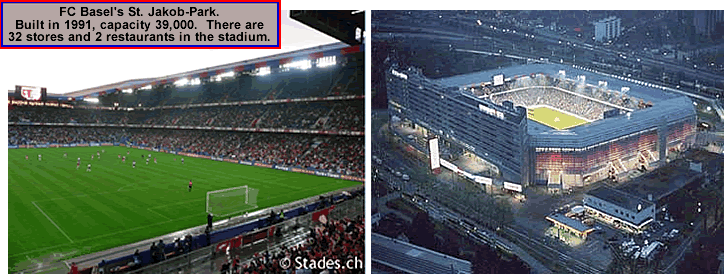

Champions FC Zurich had the fourth highest average attendance, at 10,871. The club they share a stadium with, Grasshopper Club Zurich, averaged 6,920 last season (7th highest). Grasshoppers Club are probably named in honor of the manner in which players celebrated goals, early on in the club’s history (ie, lots of jumping). Grasshoppers have the most Swiss championships, with 26. [Servette FC Geneve, a second-division club, have the second most Swiss Titles, with 17. Three clubs are tied for the third most Titles: FC Zurich, FC Basel, and BSC Young Boys, all with 11.]
Fifth and sixth highest average gates last season were to be found at the eastern Swiss club FC Sankt Gallen, and centrally located FC Luzern, both in the 7,800 to 6,900 range.
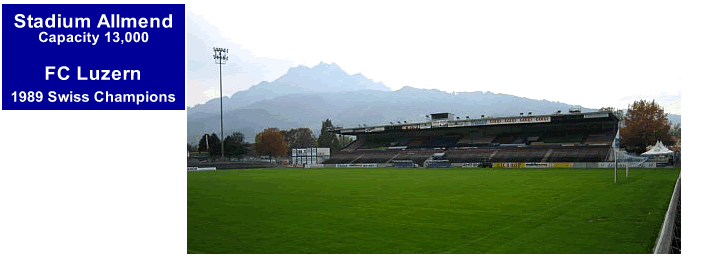

The other Swiss club that deserves mention is FC Thun. They drew 5,159 per game last season, but a decade ago, this club from just south of Bern was playing to crowds of around 100. In 2004-’05, in their third season in the top flight, Thun finished as runners up. This allowed them to enter the 2nd round Champions League qualifiers. There, they stunned Ukrainian giants Dynamo Kyiv. Then they beat Swedish champions Malmo FF, which gave them entry into the Champions League. They became only the third Swiss team ever to qualify for Europe’s most prestigious competition. [The other two Swiss clubs that made it to the Champions League were Grasshoppers Club Zurich, in 1996; and FC Basel, in 2002.]
See this article about FC Thun’s shock qualification for the Champions League, in 2005, from the UEFA website.}
The Swiss Super league is a compact, 10-team league. I think the Swiss are wise to have the league this small. When the bottom few clubs in a country’s top league can’t draw more than 4 or 5,000, it becomes something of a farce to have more than a dozen teams in the league. The Netherlands and it’s 18-team Eredivisie; and Ukraine, and it’s 16-team Premier League, come to mind.
Switzerland is ranked # 17 in Europe for UEFA competitions. Currently, 4 Swiss clubs gain entry each season into UEFA competitions. Only the first place finisher is eligible now for Champions League Qualifiers; 2nd and 3rd place gain entry into the UEFA Cup Qualifiers; the Swiss Cup winner, or the 4th place finisher, also gains entry into the UEFA Cup Qualifiers.
FC Basel, and FC Zurich are both still in the 2007-’08 UEFA Cup competition, which has reached the knockout round. FC Basel will play Sporting Lisbon; and FC Zurich will play Hamburg. {See the complete set of matchups, here.}
{More information on the 2007-’09 Swiss Super League, from the BetInf. website, here.}
Thanks to Colours Of Football website for the kits (www.colours-of-football.com). Thanks to (http://www.stades.ch) for Swiss stadium photos; also (marazzi[dot]biz).
